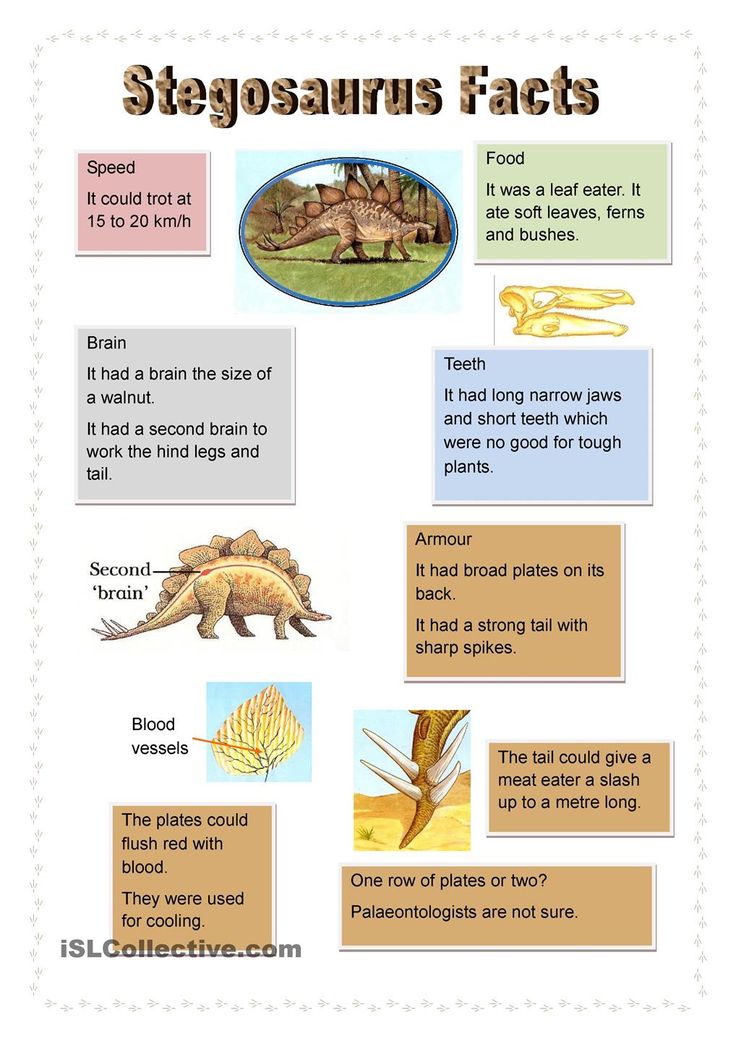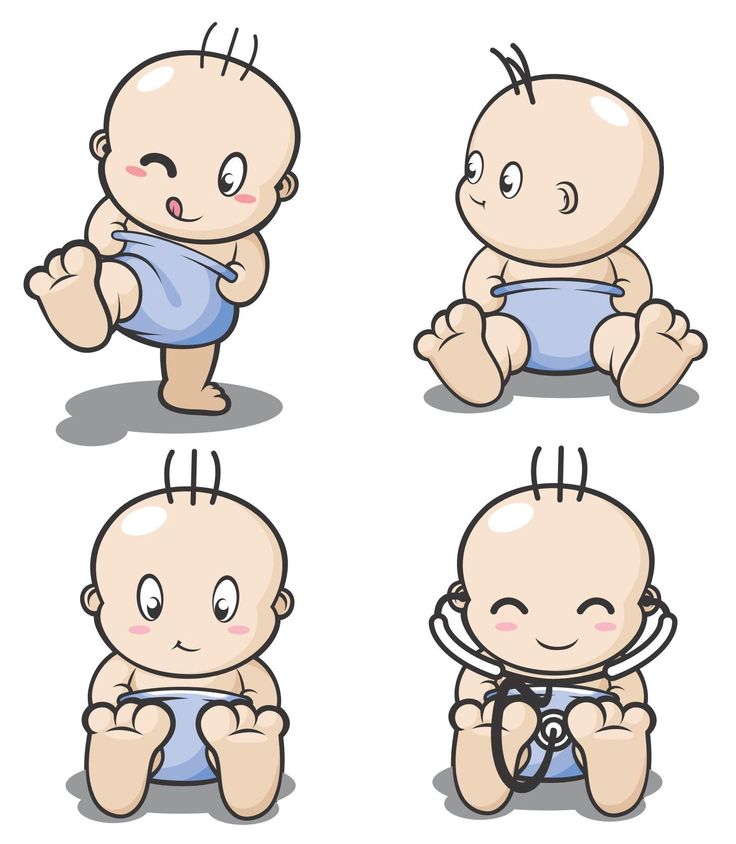What did stegosaurus eat
Description, Habitat, Image, Diet, and Interesting Facts
The Stegosaurus is another famous dinosaur species that has captivated our imagination. Much of their notoriety comes from their odd, and intriguing, appearance.
The name Stegosaurus roughly translates to “roof lizard,” which only makes sense if you know what they look like! These dinosaurs had large flattened plates along the ridges of their backs. Read on to learn about the stegosaurus.
Description of the Stegosaurus
There were three different species of Stegosaurus, but all were relatively similar looking. Overall, these creatures were short, stout, and powerfully built. They walked on four short legs, had small heads, and long tails capped with defensive spines.
A line of flattened, plate-like spines ran down their backs. The largest species could grow nearly 30 ft. long and weigh up to 7 metric tons.
Interesting Facts About the Stegosaurus
Though they were large by our standards, the other dinosaurs that roamed while Stegosaurus was alive dwarfed it. Simply put, 150 million years ago, some incredibly large creatures walked the earth. Learn how Stegosaurus survived below.
- Plate Debate – Scientists still aren’t quite sure what the large plates along the back of this dinosaur were actually used Though some believe the plates functioned as armor, many debate this, as the plates leave the sides of the animal unprotected. Other theories include making the animal look bigger, sexual displays, and thermoregulation.
- Thagomizer – These creatures weren’t without defenses. At the end of their tail they had four pointed spikes. Stegosaurus’ tail was extremely muscular, and they could forcibly swing these tail spikes into potential predators.
- Cheeky Chewer– Stegosaurus was one of the very first creatures to develop primitive cheeks. The development of cheeks allowed creatures to thoroughly chew their food before swallowing. This gave them the ability to eat more vegetation than other herbivores at the time, because the food was pre-digested when it hit the stomach.
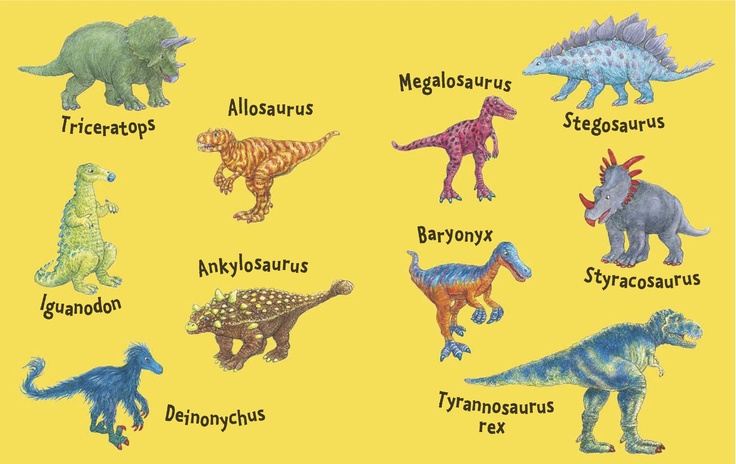
- Butt Brain – These dinosaurs did not have the largest brains. In fact, they had one of the smallest brains of all dinosaurs in comparison to their body size. At one point, this actually led scientists to speculate that they might have additional brain matter in an area near their hips. Basically, they theorized that Stegosaurus had a brain near its butt. While this is possible, it is highly unlikely.
Habitat of the Stegosaurus
Fossils of this dinosaur are actually relatively rare, and because of this we can only speculate the other habitats this creature lived in. Archaeologists found the most specimens in the Morrison Formation, which we have decent information about the ecosystem of during that time.
We know they lived in areas that were semiarid, with a wet season and a dry season. There were flat floodplains, savannas dominated by ferns and the occasional tree, and forests.
Distribution of the Stegosaurus
Determining the extent of this creature’s range is difficult to do, because their fossils are somewhat rare.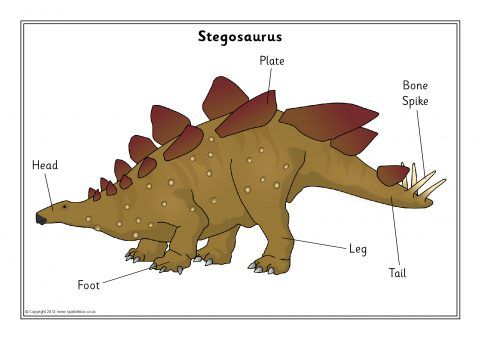 Researchers found many North American specimens in Colorado, Utah, and Wyoming. They found other fossils in Europe, China, Africa, and India. This suggests that the different Stegosaurus species were relatively widespread.
Researchers found many North American specimens in Colorado, Utah, and Wyoming. They found other fossils in Europe, China, Africa, and India. This suggests that the different Stegosaurus species were relatively widespread.
Diet of the Stegosaurus
We know that this dinosaur was herbivorous based upon its teeth. However, it has some pretty oddly shaped teeth and jaws. Scientists aren’t exactly sure how they chewed and foraged for food, because their mouth is simply, weird.
They do estimate that they fed on a number of different plant types, including ferns, moss, fruits, cycads, conifers, and horsetails. Grasses did not evolve until much later, so these dinosaurs would never have grazed on grasses.
Stegosaurus and Human Interaction
Stegosaurus went extinct around 150 million years ago, and never lived while humans were on earth. The only interactions between Stegosaurus and humans are in movies and television. These are, of course, digital or animatronic dinosaurs.
Domestication
Humans never domesticated Stegosaurus in any way, and never interacted with these extinct creatures.
Does the Stegosaurus Make a Good Pet
Even if they were alive, Stegosaurus would not make a good pet. They are somewhat small for dinosaurs, but they are definitely way too big to live in your house! It would be blatantly impossible to own one as a pet, even in theory.
Stegosaurus Care
In a zoological setting, these creatures would probably require care similar to rhinos or elephants. They are powerful animals, and would need strongly reinforced fencing for their enclosures.
Browsing on a wide variety of plants would be essential. Because they had very small brains, reliance on environmental enrichment would be much less pressing than in hyper-intelligent species like elephants.
Behavior of the Stegosaurus
Unfortunately, fossils do not provide much insight into the behavior of an animal. We can use rock formations to determine habitat, and damaged fossils to speculate interactions between animals, but beyond that all behavior is speculative.
These creatures were large, and had incredibly small brains. It is likely that their life consisted pretty much of slowly searching for food, and defending themselves from predators.
Reproduction of the Stegosaurus
We know very little about the reproduction of these dinosaurs. Scientists believe they reproduced sexually, via mating, and laid eggs. Some theories suggest that the large plates on their back could change color as a mating display or to attract a female. As to the number of eggs, incubation time, and parental care, we simply don’t know yet.
Dinosaur eating habit insights from Stegosaurus stenops
NEWS
By Katie Pavid
First published 20 May 2016
New tests carried out on the Museum's Stegosaurus skull provide ground-breaking insights into the lifestyles of herbivorous dinosaurs.
CT scans of the Stegosaurus stenops specimen have helped researchers piece together the eating habits of different herbivores.
The specimen - the most complete stegosaur in the world - was acquired by the Museum in 2014.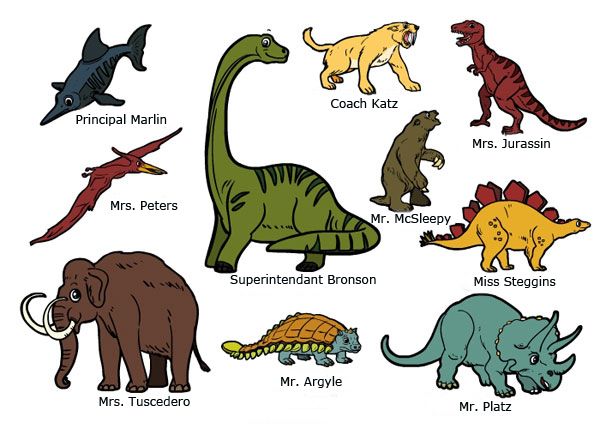
New research, published in Scientific Reports, compares the dinosaur's skull to those of Plateosaurus and Erlikosaurus.
The skulls of the three dinosaurs look remarkably similar, but scientists found that each one ate in a very different way.
Professor Paul Barrett, a Museum palaeobiologist who leads the research team working on the Stegosaurus, says:
'Our key finding really surprised us. We expected that many of these dinosaur herbivores would have skulls that worked in broadly similar ways.
'Instead, we found that even though the skulls were fairly similar to each other in overall shape, the way they worked during biting was substantially different in each case.
'This information allows us to understand more about their different feeding specialisms.'
Plant eaters
Several groups of dinosaurs developed plant-based diets independently of each other, despite being unrelated and having very different body shapes. Some walked on all fours, others on their hind limbs only, and others developed long necks.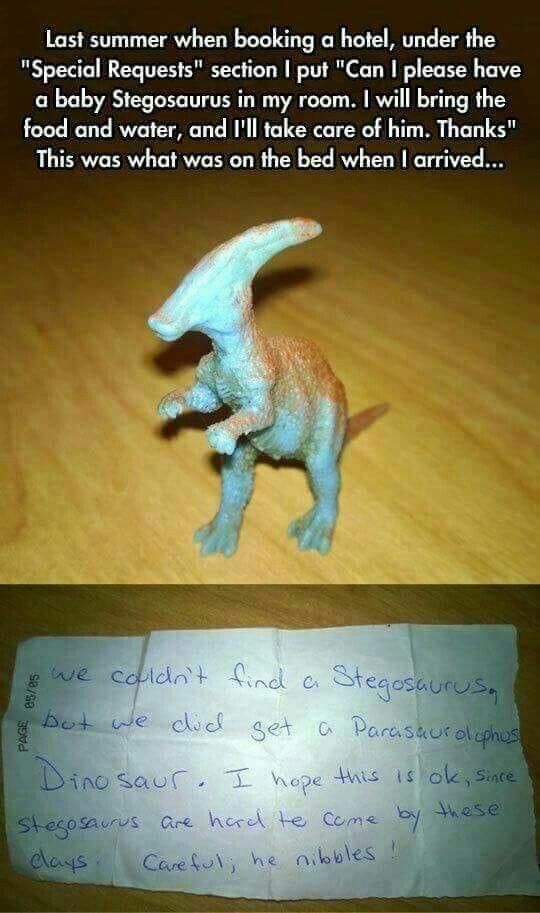
The Stegosaurus skeleton on display in the Museum's Earth Hall is the most complete in the world
However, many of these herbivores had long, narrow skulls, scissor-like jaw actions and similar arrangements of teeth.
The study investigated the skulls of specimens from three groups - sauropodomorphs, theropods, and ornithischians. The Museum's Stegosaurus stenops specimen represented the ornithischians.
Barrett says, 'Although Stegosaurus has been known about for more than 130 years, not much is known about its biology.
'Because the Museum's skeleton is almost complete - and three-dimensional - we can do a lot of things that have not been possible until now.
'The bones in our specimen's skull are separated from each other, so we can see how the skull fits together in 3D. We can then use this information to see how the skull would work as a chewing machine.'
A powerful bite
Digital models were made of the skulls and lower jaws, using CT scans of the original specimens.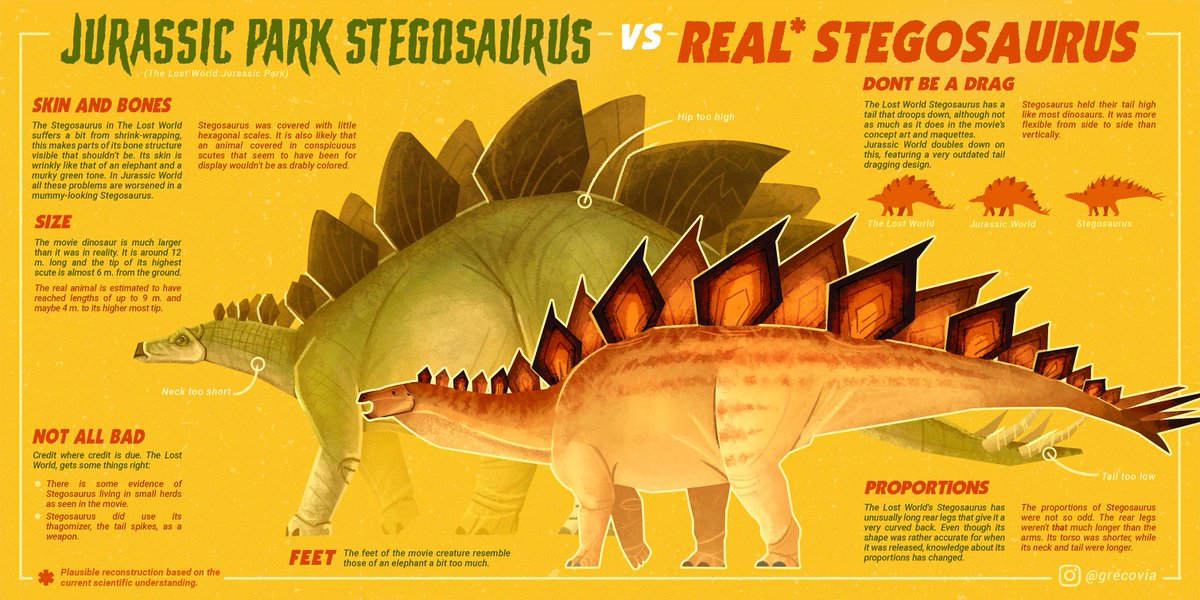
The results show that, despite their similar skulls and teeth, the biomechanical behaviours of the dinosaurs are notably different.
A digital model of the skull of Stegosaurus stenops, showing which areas experience stress during eating. Yellow and red show high stress areas, and blues and greens show areas of low stress. © Stephan Lautenschlager, University of Bristol.
Their biomechanics probably reflect dietary specialisations and differing feeding habits.
In turn, these distinct feeding habits might reflect the vegetation available in their local environment.
Researchers found that Stegosaurus had a particularly powerful bite for a herbivorous dinosaur.
Barrett said, 'The high bite force of Stegosaurus was another surprise. It was much stronger than previously suspected.
'We found that far from being feeble, Stegosaurus actually had a bite force within the range of living herbivorous mammals, such as sheep and cows. '
'
More on the menu
The shape of the Stegosaurus skull allowed for more jaw muscle mass than the other herbivores. This meant a more efficient conversion of muscle strength into the force of the bite.
The research shows that Stegosaurus would have been capable of foraging on a wide variety of plants, including ferns and cycads.
It probably had access to a wider range of potential food sources than Plateosaurus, which would have relied on more tender vegetation.
Erlikosaurus had a skull that was specialised to exploit its beak-like tip.
Barrett said, 'It is very tempting to assume that because the skulls of these dinosaurs were very similar, their feeding habits were also the same. But our data indicate this was not the case.
'These computer-based methods give us detailed insights into dinosaur biology that were not previously possible, and this represents the first ever detailed study of feeding in Stegosaurus. '
'
- Science news
- Fossils
- Prehistoric
- Stegosaurs
Dinosaur Stegosaurus. Report, message, photo, video
Stegosaurus belonged to the family of dinosaurs, which along the spine, from neck to tail, had a double row of bone plates. For the purpose of defense, he used his tail, which had sharp spikes at the end. Report-message with video and photo
Order - Ornithischians
Family - Stegosaurus 900 9009 Species Genus
11 Stegosaurus stenops. Stegosaurus
Basic data:
DIMENSIONSLength: up to 9 m.
Weight: 6-8 tons.
Head length: about 45 cm.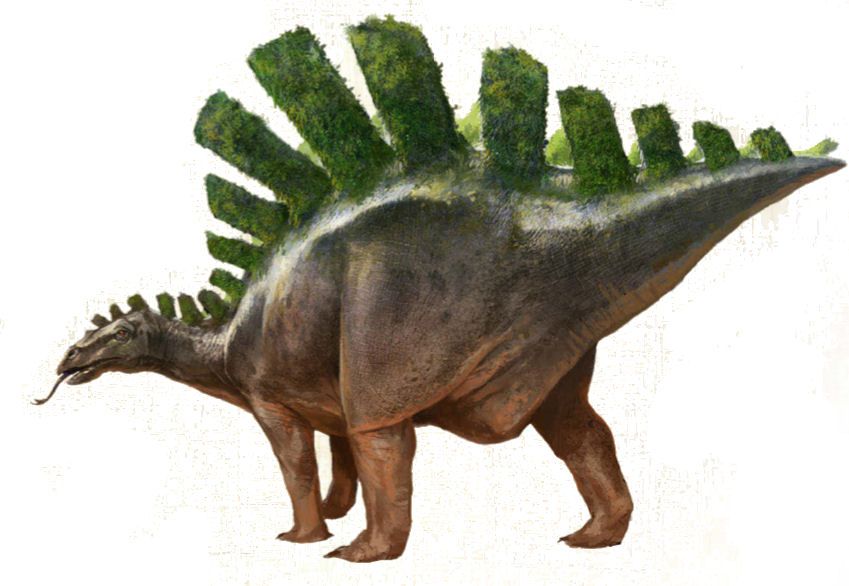
The size of the brain: 3 cm.
Spinal plates: up to 60 cm high.
tail spikes: length 1 m. 9000 9000 9003
Mating period: time unknown; perhaps there were fights between males for the right to fertilize the female.
Laying time: probably several times a year.
LIFESTYLE
Habitat: Tropical.
Food: vegetation.
Habits: Stegosaurus (see picture) probably led a herd life.
RELATED SPECIES
A five meter long Kentrosaurus that lived in Africa.
The Stegosaurus dinosaur lived about 170 million years ago. Despite the intimidating appearance, he was a peaceful herbivore. It is likely that he lived in herds. They gave him security more by their numbers than by the militancy of the members of the herd.
FOOD
Stegosaurus was a herbivore and fed on many kinds of plants. In that historical period, a tropical climate prevailed on Earth in America, the earth was covered with lush vegetation.
In that historical period, a tropical climate prevailed on Earth in America, the earth was covered with lush vegetation.
Examination of Stegosaurus fossil skeletons has shown that Stegosaurus had fairly strong dorsal muscles associated with outgrowths on the hips at the base of the tail. These muscles apparently allowed the Stegosaurus to stand up on its hind legs, thanks to which it reached plants that grew high. It is interesting to know that his body was not specially adapted to plant foods - his teeth were small and weak. It is believed that he, like other dinosaurs and modern crocodiles, swallowed stones to grind plant fibers.
REPRODUCTION
One of the reasons why dinosaurs are so exciting is that very little is known about them. Therefore, you can always make some kind of discovery, and the finds can be hidden in the ground right under our feet.
Dinosaurs, including Stegosaurus, have been known to lay several relatively small eggs in shallow holes dug in the ground.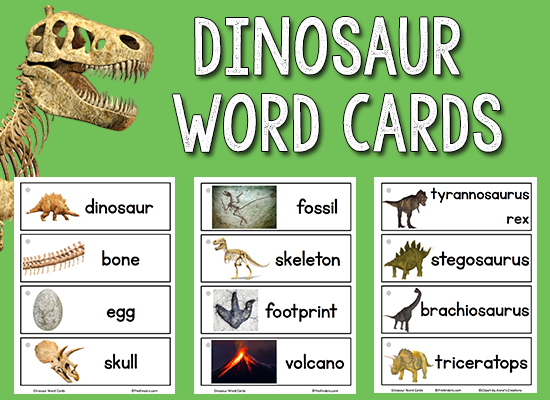 They covered the eggs with sand so that the sun's rays warmed them. Newborn cubs grew very quickly, thereby avoiding the fate of becoming easy prey for predators.
They covered the eggs with sand so that the sun's rays warmed them. Newborn cubs grew very quickly, thereby avoiding the fate of becoming easy prey for predators.
During the defense against attackers, the cubs were placed in the center of the herd. Since the Stegosaurus was a herd animal, the males competed for the right to possess the female and be the leader of the herd. In such situations, herbivores only make threatening sounds and demonstrate their strength to other males, but do not enter into an open fight.
ENEMIES
The peaceful Stegosaurus was often the victim of carnivorous dinosaurs, such as the dangerous Tyrannosaurus Rex.
Stegosaurus was most likely rather slow and defenseless, especially when attacked from the side and in the leg area. He was slow and therefore could not run away from predators. He defended himself by unexpectedly hitting the attacker with his tail, which was covered with spikes. Each of the spikes on the tail was about 1 m long.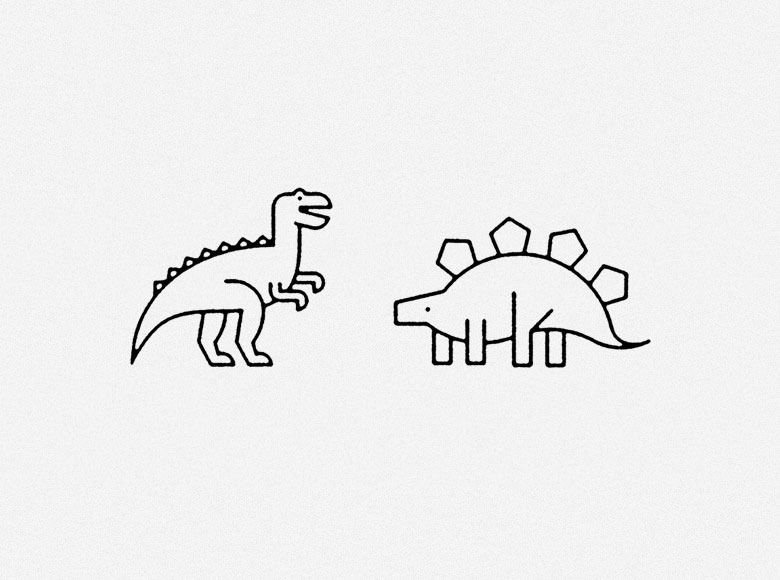 Stegosaurus had two pairs of them.
Stegosaurus had two pairs of them.
Some species related to Stegosaurus had four pairs of spines. The spikes were quite keratinized and could seriously injure the enemy if he fell into their reach.
SPECIAL SIGNS. DESCRIPTION
Stegosaurus belongs to the dinosaurs that have a double row of bony plates along the spine on the back.
There are many theories that try to explain the purpose of the plates, the highest of which is 60 cm high. Some claim that the plates were needed for self-defense. According to other theories, they served to regulate the temperature.
If the plates were covered with skin with many blood vessels, then, being turned towards the sun, they could serve the animal for heating the body, and when placed in the shade, they cooled the body.
Stegosaurus had four spikes at the end of its tail, which it apparently used to protect itself.
Stegosaurus did not belong to the largest dinosaurs, however, its body length reached 9 meters. The forelimbs were half as long as the hind ones, so the stegosaurus moved by leaning forward strongly.
The forelimbs were half as long as the hind ones, so the stegosaurus moved by leaning forward strongly.
The head of the stegosaurus was very small, about 45 centimeters long, and almost touched the ground. Its brain was also small - only about 3 cm.
At that time, a warm, almost tropical climate prevailed there - ideal for such herbivorous dinosaurs as the Stegosaurus. The vegetation that grew on the continent, at first glance, resembled a modern rainforest, but today's plant species did not exist at that time. So, there were no flower plants. Everywhere, next to ferns and coniferous trees, ancient palm trees grew, which, in their appearance, resembled modern ones.
INTERESTING INFO. DID YOU KNOW THAT...
- Fossilized remains of a relative of the Stegosaurus have been found in Western Europe.
- Stegosaurs apparently lived for a short time in the Jurassic. The remains of these dinosaurs are found only in the upper layers of rocks.
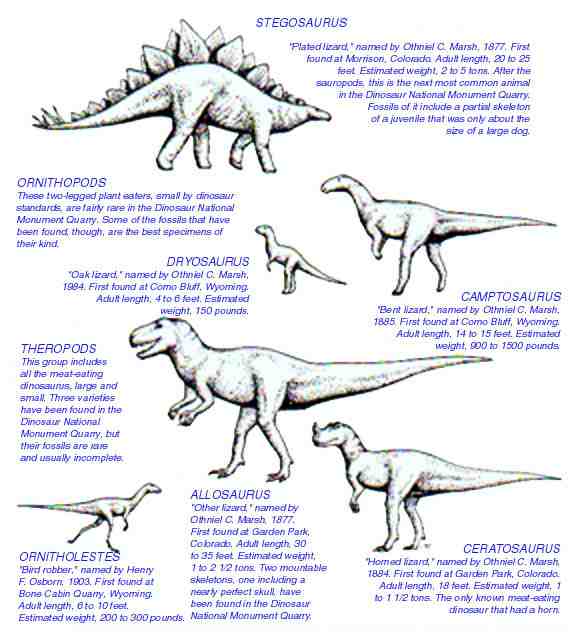
- Some modern reptiles look like smaller versions of extinct dinosaurs.
- A lizard that lives in Africa has spikes on its head and body similar to those on a Stegosaurus. However, this lizard is 60 times smaller than a Stegosaurus, and its length reaches only 60 cm.
STEGOSAUR FEATURES
Dorsal plates: ran from head to tip of tail. There are many theories that explain their purpose, including one that suggests that they served to regulate body temperature.
Head: small compared to large body. The brain is the size of a walnut.
Forelegs: much shorter than the hind legs, designed for walking.
Hindquarters: strong, able to bear the weight of the entire body of the animal.
WHERE AND WHEN THE STEGOSAUR LIVED
The Stegosaurus Dinosaur lived in the late Jurassic period 170 million years ago in North America.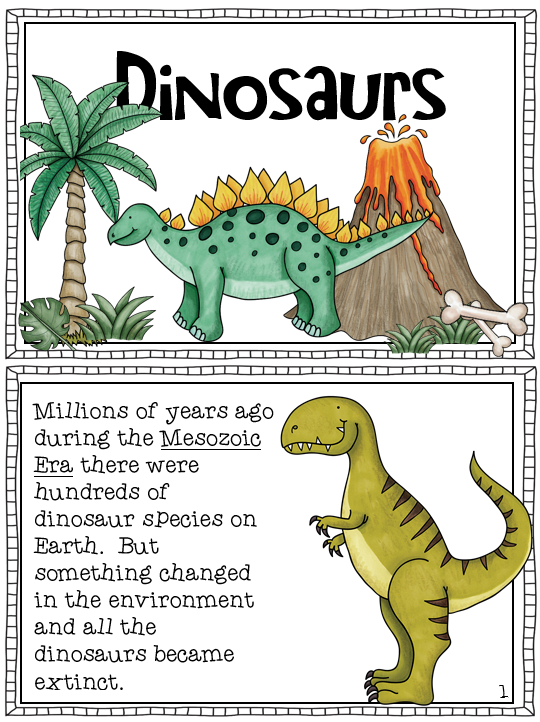 Its fossilized footprints have been found in Colorado, Oklahoma, Utah, and Wyoming. It is not uncommon for Stegosaurus footprints to be found in large numbers and extend for many kilometers. Other members of the Stegosaurus family lived in places like Western Europe, East Asia, and East Africa.
Its fossilized footprints have been found in Colorado, Oklahoma, Utah, and Wyoming. It is not uncommon for Stegosaurus footprints to be found in large numbers and extend for many kilometers. Other members of the Stegosaurus family lived in places like Western Europe, East Asia, and East Africa.
Stegosaurus vs Triceratops. Video (00:04:30)
Siberian stegosaurs learned to chew to survive • Andrey Zhuravlev • Science news on Elements • Paleontology, Science in Russia
Circumpolar and polar dinosaurs, as such, have already ceased to be a scientific sensation. Cretaceous continental sections of Alaska (USA), Yukon (Canada), Victoria and New South Wales (Australia) have already been studied quite well. The list of such locations also includes the Teete stream in the basin of the Vilyui River, which crosses the eastern part of the Republic of Sakha (Yakutia). However, the adaptive features (behavioral and anatomical) that allowed these large and initially heat-loving animals to master high latitudes with a harsh climate and a long polar night are still not entirely clear.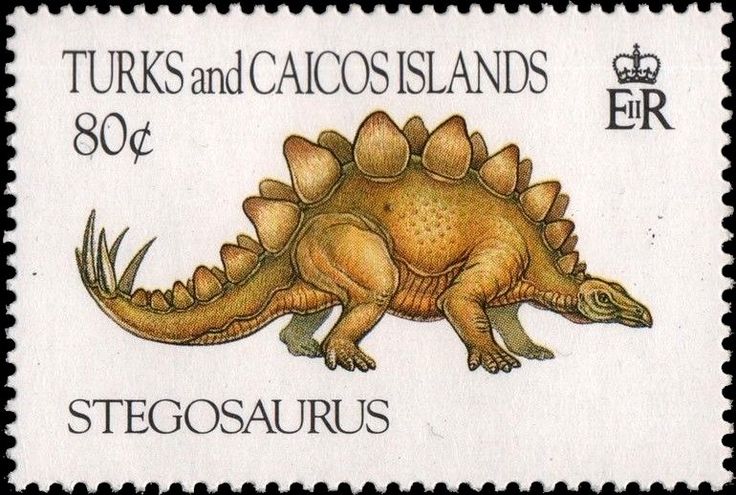 The new work of Russian paleontologists partly reveals the secrets of Siberian dinosaurs. It turns out that the Yakut stegosaurs, being one of the last representatives of their group, learned to really chew: the lower jaw could move freely, and the teeth closed tightly and, as they wore out, quickly renewed. This adaptation allowed them to feed on rather tough Early Cretaceous Siberian vegetation.
The new work of Russian paleontologists partly reveals the secrets of Siberian dinosaurs. It turns out that the Yakut stegosaurs, being one of the last representatives of their group, learned to really chew: the lower jaw could move freely, and the teeth closed tightly and, as they wore out, quickly renewed. This adaptation allowed them to feed on rather tough Early Cretaceous Siberian vegetation.
Yakutian Lower Cretaceous bone layers in the lower reaches of the Teete stream were discovered by Soviet geologists in the 1960s. In a series of joint expeditions conducted in 1988 and 2002–2005 by the Yakut Institute of Geology of Diamond and Precious Metals of the Siberian Branch of the Russian Academy of Sciences (IGAiBM SB RAS) and the Moscow Paleontological Institute of the Russian Academy of Sciences, in which Petr Kolosov, Sergey Kurzanov, Yuri Gubin and Mikhail Efimov took part, and also local schoolchildren, were collected, albeit fragmentary, but extensive collections of bones, teeth, and even claws and spines of dinosaurs, including stegosaurus and carnivorous dromaeosaurids and allosaurids. Remains of other Early Cretaceous terrestrial vertebrates have also been found - choristoderas (semi-aquatic archosauromorphs), cynodonts (animal reptiles - relatives of mammals) and salamanders.
Remains of other Early Cretaceous terrestrial vertebrates have also been found - choristoderas (semi-aquatic archosauromorphs), cynodonts (animal reptiles - relatives of mammals) and salamanders.
In recent years, thanks to the work of international scientific teams, ornithopods and sauropods have been added to this list, as well as various ancient mammals (haramiyids, docodonts and eutriconodonts), tortoises, lizards, palaeonisks and amie fishes (both groups represent ancient branches of bony fishes) . Some of these animals - stegosaurs, sauropods, turtles - were the northernmost representatives of their groups (see: Teeth found in Yakutia belonged to the northernmost sauropods, "Elements", 10.12.2019).
Studies of high-latitude dinosaurs that inhabited the northwest of North America and southeast Australia (in the Cretaceous period, all these territories were closer to the poles than today), showed that many of them lived there permanently (see: In the north of Alaska, they found remains of newborn dinosaurs of seven unrelated species, "Elements", 06/30/2021).
It is noteworthy that some pangolins differed from their more southern close relatives. For example, some of the large ornithopods are edmontosaurs ( Edmontosaurus ) - migrated along the Pacific coast of North America and grew constantly, while the other part remained "sleeping" in the subpolar part of the continent, and their growth slowed down (A. Chinsamy et al., 2012. Hadrosaurs were perennial polar inhabitants). Moreover, they had to drink cold water (and, possibly, lick the snow): in their bone tissue, the content of the light oxygen isotope is noticeably higher (compared to the norm), which is typical for a cold climate, and such isotopes get into the tissues precisely with water or snow (C.A. Suarez et al., 2013. Use of multiple oxygen isotope proxies for elucidating Arctic Cretaceous paleo-hydrology). The bones of the circumpolar edmontosaurs were much more densely permeated with blood vessels than those of their nomadic compatriots. This property of the circulatory system (among our contemporaries, reindeer have a similar device) allowed these crested lizards to lose less accumulated heat.
Among the dinosaurs from the southern polar regions there were also many special forms. Thus, the leellinasaurus ( Leaellynasaura ), belonging to small ornithopods, was distinguished by huge eyes and a relatively large brain (as can be seen on the perfectly preserved skull), which, perhaps, allowed this small predator to better find food during the long twilight (P. Vickers- Rich, T. H. Rich, 1993. Dinosaurs of polar Australia). There are finds of burrows that fit this dinosaur in size, in which people like him could hide in especially severe frosts (A. J. Martin, 2009. Dinosaurs burrows in the Otway Group (Albian) of Victoria, Australia, and their relation to Cretaceous polar environments). In addition, many (and perhaps all) south polar lizards were distinguished by a dense feather cover.
A new work on Yakutian dinosaurs, done by Pavel Skuchas and Dmitry Grigoriev from St. Petersburg State University, Alexander Averyanov from the Zoological Institute of the Russian Academy of Sciences, the unfading Petr Kolosov from the IGAiBM SB RAS and their colleagues, showed that they also differed in “faces in common expression. "
"
Firstly, these finds confirmed that Early Cretaceous Siberia was a refugium (from lat. refugium - a refuge), where "remnants of the past" - the Jurassic period - continued to exist. These included archaic salamanders and cynodonts, as well as, in fact, stegosaurs - humpbacked herbivorous lizards with a number of wide plates along the back and long spikes on the tail. (By the way, the South Australian Arctic was also distinguished by a kind of “vintage”: there, for example, giant temnospondylic amphibians that had long disappeared all over the world were found there.)
Secondly, although only single teeth remain from stegosaurs, it is these skeletal elements that store the most important information about their host. In addition, quite a lot of them were collected - 63 pieces. The presence of small teeth (less than 2.5 mm wide and up to 4.3 mm long) indicates that the young of these dinosaurs also survived in Siberia, which means that they could have “permanent registration” here. The crown of the teeth of stegosaurs is a laterally flattened, serrated and pointed, slightly asymmetrical comb plate with a massive annular neck. However, this is how completely new teeth look, which have not yet had time to noticeably wear off (Fig. 5).
The crown of the teeth of stegosaurs is a laterally flattened, serrated and pointed, slightly asymmetrical comb plate with a massive annular neck. However, this is how completely new teeth look, which have not yet had time to noticeably wear off (Fig. 5).
On Teete, most of the upper and lower teeth turned out to be used (however, what's so surprising? - they grind up food): with heavily worn surfaces, forming up to three flat edges (Fig. 6). The presence of such edges suggests that the teeth were tightly closed. In the language of science (and dentistry), this phenomenon is called occlusion and indicates that food was not just clamped or shredded (cut) with teeth, but was ground. And, then, the stegosaurus chewed food slowly. This is also evidenced by scratches of a certain direction: the lower jaw not only opened and closed, but also slid along the upper jaw back and forth.
Histological examination of dental tissues revealed another interesting feature of the teeth of northern stegosaurs: according to the calculation of the layers of dentin (they were deposited daily), the teeth grew up to 95 days (Fig.